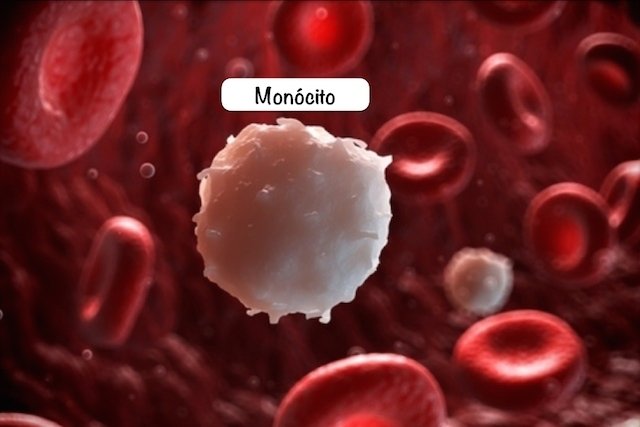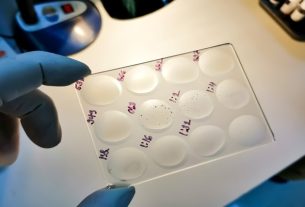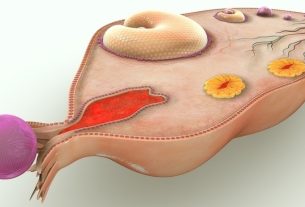Monocytes are the largest type of leukocytes, a group of immune system cells that have the function of defending the body against invaders, such as viruses and bacteria.
Monocytes are produced in the bone marrow and circulate in the blood for a few hours, as they go to other tissues, where they undergo a differentiation process, receiving the name macrophage.
The number of monocytes can be counted in the leukogram, which is one of the parts of the blood count, which indicates the number of defense cells in the body, indicating whether it is within normal values, above or below.

What does high monocytes mean?
An increase in the number of monocytes (monocytosis) is usually indicative of:
- Chronic infections, such as tuberculosis;
- Ulcerative colitis;
- Protozoal infection;
- Hodgkin’s disease;
- Myelomonocytic leukemia;
- Multiple myeloma;
- Autoimmune diseases, such as lupus and rheumatoid arthritis.
The increase in monocytes does not normally cause symptoms and is only detected through a blood test. However, there may be symptoms related to the cause of monocytosis, which should be investigated and treated according to the doctor’s recommendation. Understand what a blood count is and what it is for.
Do you have questions about your exam results?
When monocyte values are low (monocytopenia), it usually means that the immune system is weakened, as happens in cases of blood infections, chemotherapy treatments and bone marrow problems, such as aplastic anemia and leukemia.
Furthermore, cases of skin infections, use of corticosteroids and HPV infection can also cause a decrease in the number of monocytes.
The appearance of values close to 0 of monocytes in the blood is rare and, when it occurs, it may mean the presence of monoMAC Syndrome, which is a genetic disease characterized by the absence of monocyte production by the bone marrow. In these cases, treatment involves medications to combat the infection, such as antibiotics, and it may also be necessary to undergo a bone marrow transplant to cure the genetic problem.
Reference values
The reference values for monocytes vary depending on the laboratory, but should correspond to around 2 to 10% of the total leukocytes in the exam, that is, between 200 and 1000 monocytes per microliter (µl) of blood.
In general, changes in the number of these cells do not cause symptoms in the patient, who only feels the symptoms of the disease that causes an increase or decrease in monocytes. Furthermore, in some cases the patient only discovers that there is a change when taking a routine blood test.
How to know if the result is normal
To find out if the number of monocytes is normal, enter your test results into the calculator below:
Bibliography
- Wu, M.; et al. Monocytopenia and Its Impact on Outcomes in Patients with Severe Sepsis Including Septic Shock: A Case-control Study. Shock. 54. 2; 272-273, 2020
- BRIDE, E.; GANGAT, N. Myeloproliferative Neoplasms with Monocytosis. Curr Hematol Malig Rep. 17. 1; 46-51, 2022
- LYNCH, D. T.; et al. How I investigate monocytosis. Int J Lab Hematol. 40. 2; 107-114, 2018
- GUILLIAMS, M.; et al. Developmental and Functional Heterogeneity of Monocytes. Immunity. 49. 4; 595-613, 2018
- UGEL, S.; et al. Monocytes in the Tumor Microenvironment. Annu Rev Pathol. 16. 93-122, 2021

Sign up for our newsletter and stay up to date with exclusive news
that can transform your routine!
Warning: Undefined array key "title" in /home/storelat/public_html/wp-content/plugins/link-whisper-premium/templates/frontend/related-posts.php on line 12
Warning: Undefined array key "title_tag" in /home/storelat/public_html/wp-content/plugins/link-whisper-premium/templates/frontend/related-posts.php on line 13



